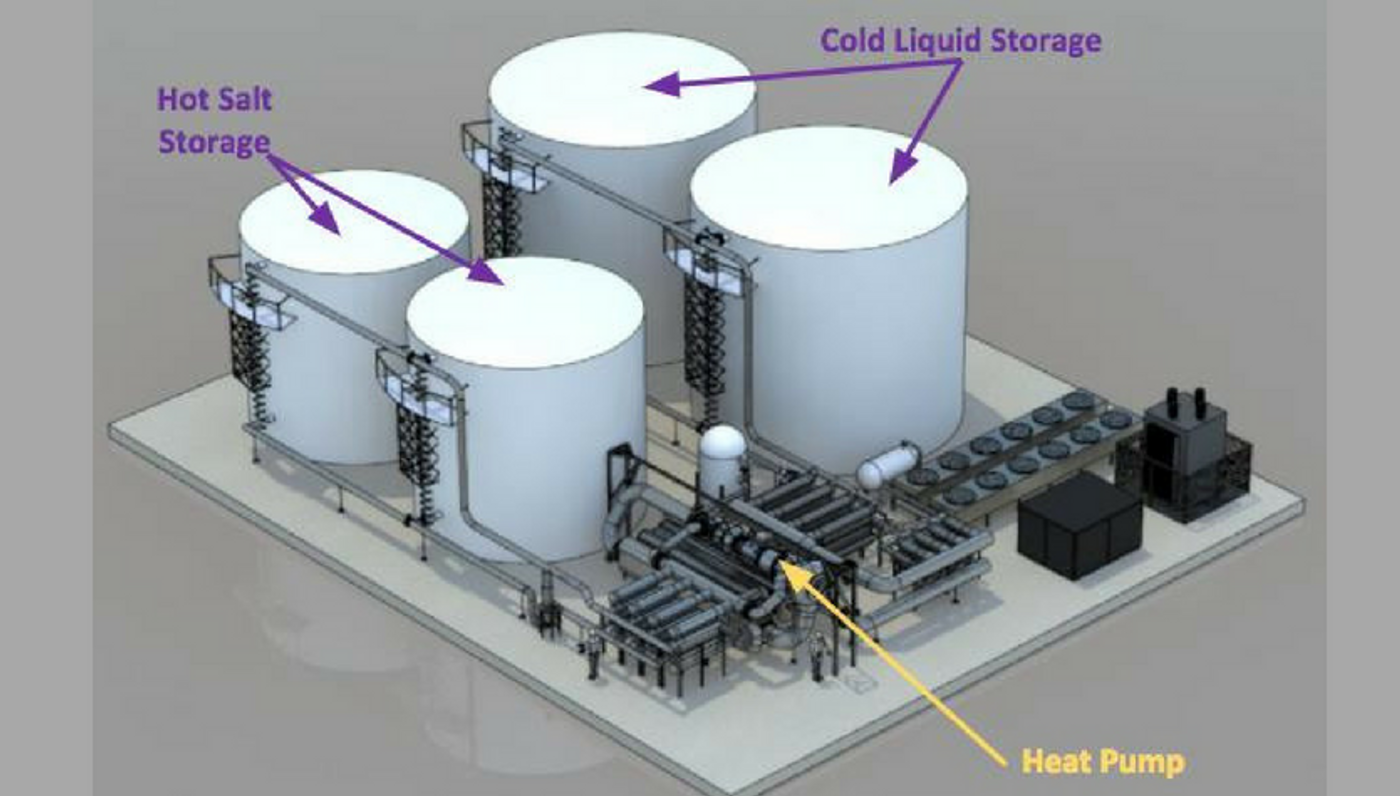Molten Salt-the "Seasoning" Renewable Energy Desperately Needs
The recent buzz about the Bill Gates' Breakthrough Energy Ventures taking over an energy project of Alphabet Inc, the parent company of Google has brought the molten salt technology back into the limelight again.
Alphabet Inc's secretive X division conducts secretive and innovative research projects, with previous works like Google Glass and drone delivery technology. One of recent their idea, known as project Malta, is to use heat-sensitive salt as a measure to store "excessive" electricity from renewable sources such as solar and wind farms.
The peak output hours for solar panels and wind farms do not align well with the electricity demand. And both types of generators continue producing energy even when the need is low. That's why a lot of the energy went to waste. For example, California lost hundreds of thousands of megawatt hours of electricity generated by renewable sources due to this cause. If only there's a way to efficiently and cost-effectively store the extra energy. Enters the molten salt.
The word "molten" means liquefied by heat, the hot lava fresh out of a volcano would be the perfect example. Molten salts usually come in the form of fluoride, chloride, and nitrate. They are solid at standard temperature and pressure but starts melting when the temperature hit mid-200°F and becomes completely liquid past 550 °F. That's why they are the ideal candidates for thermal storage, a method to stockpile energy through thermodynamic processes.
At the off-peak hours, the electricity from solar panels or wind turbines can be used to heat up and melt salt, which can be kept in an insulated tank for storage. When electricity from solar or wind cannot keep with the demand, the liquefied salt can then be used to produce superheated steam and drive a conventional generator to pump up more electricity.
This thermal storage is commonly used in molten salt power plant. Solar Two is a solar thermal power plant based in the Mojave Desert, United States. During its operation from 1995 to 1999, the project had successfully utilized molten salt to store thermal energy collected from thousands of reflecting panel.
According to a report from Bloomberg, the Malta team has been testing a prototype of a molten salt-based thermal storage system. Last year, they announced their intent to seek partners and investment to build and operate a commercialized facility by 2024. The news from Breakthrough Energy Ventures couldn't have come at a better time.
24/7 Concentrated Solar Thermal Power plus Molten Salt Storage (100pcRenewables)
Source: MIT Tech Review/Bloomberg









